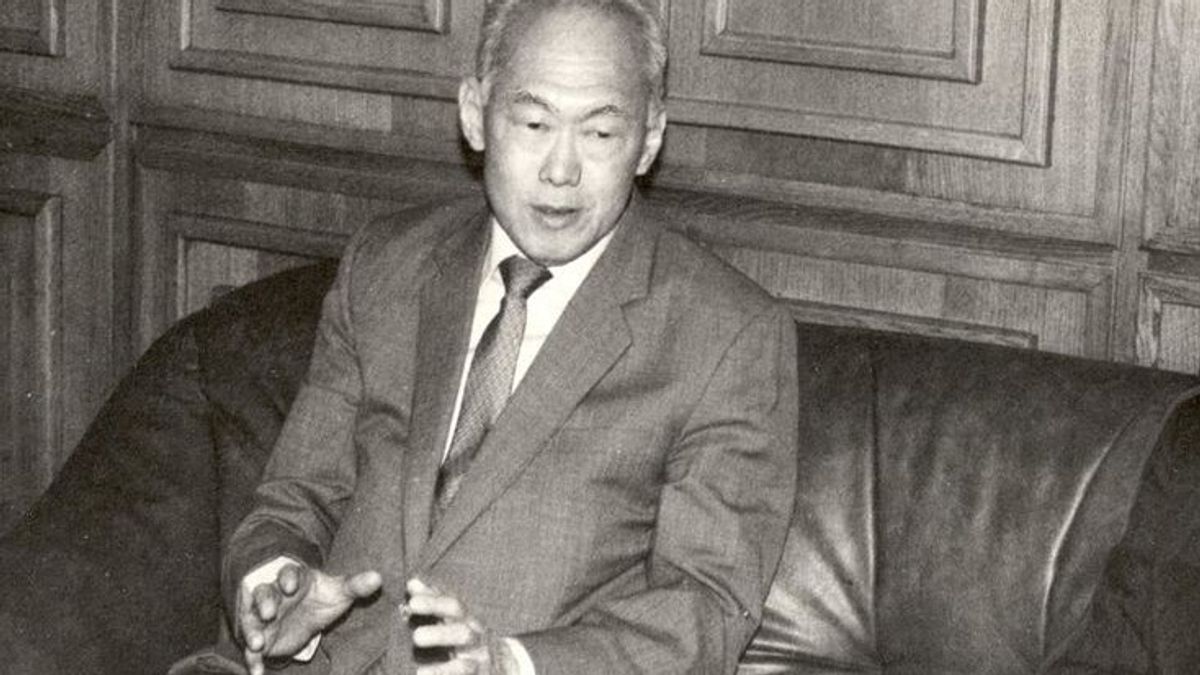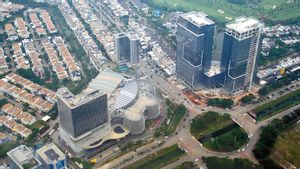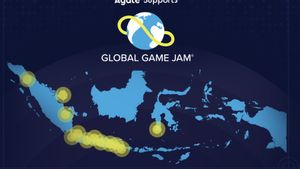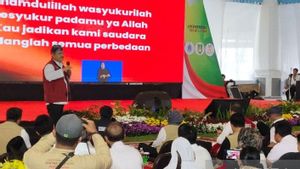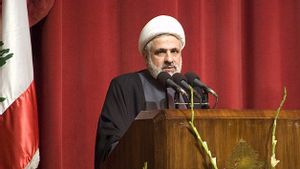JAKARTA - We often hear stories about a country that is furiously independent. Not with Singapore. The Lion State separated from Malaysia to become an independent and sovereign state on August 9, 1965. This separation was the result of political and economic differences between the ruling parties of Singapore and Malaysia, which created communal tensions that resulted in racial unrest in July and September 1964.
At the press conference, which announced his farewell, Singaporean Prime Minister (PM) Lee Kuan Yew, was overcome with emotion and despair. The union of Singapore with Malaysia lasted less than 23 months. His dream to merge with Malaysia ran aground due to differences in political views. Another question at that time was whether Singapore was really ready to become an independent country?
Previously, in 1963 to be precise, Lee Kuan Yew signed the Malaysia Agreement in London on July 9, 1963.The agreement explained the terms for the formation of the Malaysian Federation, which consisted of Singapore, Malaya, Sarawak and North Kalimantan (Sabah) which would take place on 31 August 1963 The requirements for Singapore's entry into Malaysia, which were approved by the Singaporean and federal governments, were published in the White Paper in November 1961.
This White Paper documents the results of talks between Lee and PM Malaya Tunku Abdul Rahman regarding Singapore's inclusion in Malaysia. These requirements include Singapore's autonomy margin, Singapore's political representation in the federal government, Singapore's citizen status, and Singapore's revenue contribution to the federal government.
History SG launched Wednesday, September 16, prior to the signing of the Malaysia Agreement in London, there were "tiring negotiations" for a week on the more complicated issues between Singapore and Malaya. After this issue was resolved, Singapore began its journey as part of Malaysia.
Still in 1963, Lee Kuan Yew brought the party he founded with his middle class counterparts, the People's Action Party (PAP) into the Malaysian Federation. In the elections held shortly thereafter, the PAP retained control of the Singapore Parliament and Lee resumed his position as PM. However, in 1964 he made the mistake of including his party, which is 75 percent Chinese, in the Malaysian national election.
Tensions increased between Chinese and Malays, resulting in communal riots in Singapore itself. In August 1965, Lee was told by Malaysian colleagues in the federal government that Singapore must leave the federation. Although Lee firmly believed in the multiracials represented by the federation, Singapore had to break away. Singapore later became a sovereign state with Lee as its first prime minister.
The proclamation declaring Singapore's independence was announced on Radio Singapore at 10:00 am on August 9, 1965. At the same time in Kuala Lumpur, PM Malaya also announced separation. PM Malaya then moved a resolution to enact the Malaysian Constitution (Singapore Amendment), 1965, which allowed Singapore to leave Malaysia and become an independent and sovereign state. The bill was passed by a 126-0 vote and granted royal approval.
Singapore TV also broadcast a press conference called by Lee at 16.30. During the press conference, Lee explained why the breakup was inevitable even though he had long believed in the merger and asked people to remain firm and calm. Filled with emotion and teary eyes, Lee has given Singaporeans a glimpse of their leader's "sad moment".
Many who rallied behind the news of the farewell despite the shocking manner of the announcement were initially greeted with disappointment and regret. Less than two years ago the people of Singapore supported Lee's incorporation through their vote in the September 1962 referendum.
However, when the merger came, the lion's share of it was marked by constant differences and bitter political strife between the leaders of the two countries. Despite all the signs pointing to trouble, very few are ready to dramatically end Singapore's union with Malaysia.
Even so, the people of Singapore cannot be sad for too long. They are now independent and have their own country. After parting with Malaysia, Lee's main goal was to ensure the physical survival of the new country and maintain Singapore's national identity. Surrounded by stronger neighbors, including China and Indonesia, Lee did not press for an immediate withdrawal of Commonwealth troops from Singapore.
Instead, he attempted to slowly remove it and replace it with locally trained Singaporean troops. More importantly, Lee realized that Singapore needed a strong economy to survive as an independent country. He launched a program to industrialize Singapore and turn it into a major exporter of finished goods.
Lee encouraged foreign investment and secured agreements between trade unions and business management that ensure labor peace and improved living standards for workers. While improving health and social welfare services, Lee continues to emphasize the need for cooperation, discipline and austerity for Singaporeans.
Lee Kuan Yew's powerLee's dominance in the political life of the country was made easier when the main opposition party, Barisan Sosialis, decided to boycott Parliament in 1966.As a result, the PAP won every seat in the assembly in general elections in 1968, 1972, 1976 and 1980, after which the opposition parties won one or more. two chairs. Lee sometimes uses press censorship to silence left-wing dissent over the fundamental policies of his administration.
However, on the other hand Lee led his country to have efficient governance and spectacular prosperity at the expense of a somewhat authoritarian style of government that sometimes violates civil liberties. In the 1980s, Lee's Singapore had the second per capita income in East Asia after Japan. Singapore has succeeded in becoming the main financial center of Southeast Asia.
The PAP went on to win elections in 1984 and 1988. Lee remained Prime Minister of Singapore, although the question of leadership succession was a problem during the decade. After arranging a satisfactory succession, Lee resigned from the post of Prime Minister of Singapore in November 1990, although he remained head of the PAP until 1992.
Lee died of pneumonia on March 23, 2015, at the age of 91. In one week of national mourning, some 1.7 million Singaporeans and world leaders paid their respects to him at the Singapore Parliament Building. The son, Lee Hsien Loong, followed in his footsteps and is now Singapore's PM.
photo: Wikimedia Commons
The English, Chinese, Japanese, Arabic, and French versions are automatically generated by the AI. So there may still be inaccuracies in translating, please always see Indonesian as our main language. (system supported by DigitalSiber.id)
